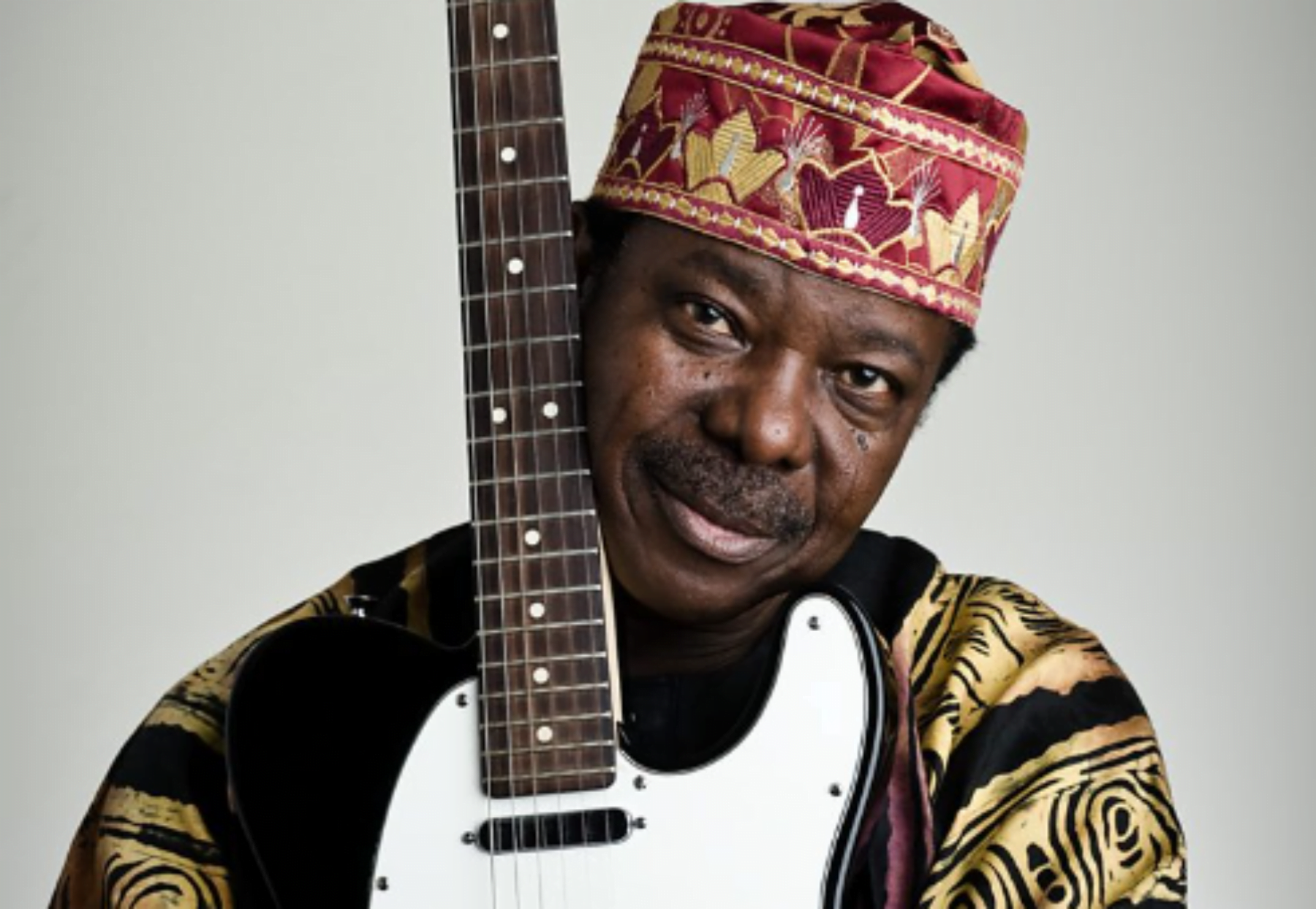Rediscovering African Folk Music Traditions: A Journey into Rich Cultural Heritage

Africa is known for having many different cultures and thriving musical traditions. It is imperative to not underestimate the profound relevance of African folk music in the middle of the rapidly increasing popularity of current African music genres like Afrobeat and Afro-pop.
A mesmerizing trip into the heart and soul of Africa may be had by listening to these ancient musical expressions, which are profoundly ingrained in the history and cultural legacy of the continent. Let’s investigate the artistic value and cultural relevance of African folk music traditions.
The Essence of African Folk Music
Every region of Africa has its own distinct rhythmic patterns, lyrical structures, and instrumental variants, making African folk music an essential component of the continent’s cultural fabric. It acts as a vehicle for storytelling, passing down historical accounts, ethical principles, and societal norms from one generation to the next. We learn more about the people, their challenges, their victories, and their connections to the land by studying African traditional music.
Diverse Regional Styles
The vastness and diversity of Africa give rise to an array of regional folk music styles. From the haunting melodies of the Griots in West Africa to the energetic percussion-driven rhythms of East African tribes, each region paints a unique sonic landscape. Explore the captivating sounds of the Mbira in Zimbabwe, the Kora in Senegal, the Talking Drum in Nigeria, or the Maskandi in South Africa, and you will discover the rich tapestry of African folk music waiting to be explored.
Instruments as Cultural Artifacts
Instruments are essential to create the distinctive sounds that characterize each tradition in African folk music. These objects are not only tools for making music; they are cultural artifacts with great spiritual and historical significance. These instruments, which range from the Balafon’s entrancing tones to the Djembe’s resonant tones, not only create captivating music, but also act as conduits for rekindling ancestor links.
Rituals, Ceremonies, and Celebrations
African folk music often intertwines with rituals, ceremonies, and celebrations, acting as a conduit between the physical and spiritual realms. From birth to death, from initiation rites to harvest festivals, music accompanies every significant milestone in African communities. The traditional rhythms and chants invoke ancestral spirits, evoke emotions, and foster a sense of unity among participants. By rediscovering African folk music traditions, we gain insight into the cultural practices that have shaped communities for centuries.
Revival and Modern Interpretations
There has been a resurgence of interest in African folk music in recent years. Contemporary interpretations are emerging as a result of artists’ and musicians’ combining of classic components with contemporary influences. These fusion genres unite the ancient and the new while honoring the origins and enthralling listeners throughout the world. The rise of musicians like Fatoumata Diawara, Blick Bassy, and Dobet Gnahoré demonstrates the ongoing development and contemporary appeal of African folk music.
Rediscovering African folk music traditions is a celebration of the continent’s rich cultural legacy as well as an investigation of enthralling melodies and rhythms. We are able to connect with the common memories, narratives, and aspirations of African communities through these musical representations. We pay homage to the ancestors, protect cultural heritage, and learn more about the people who call Africa home through valuing and enjoying the beauty of African folk music. Let’s set off on this magical voyage and become lost in the alluring realm of African folk music.






